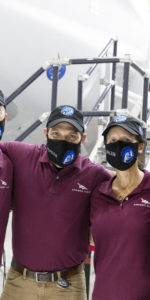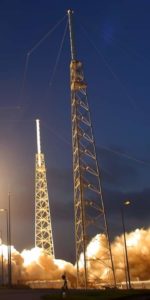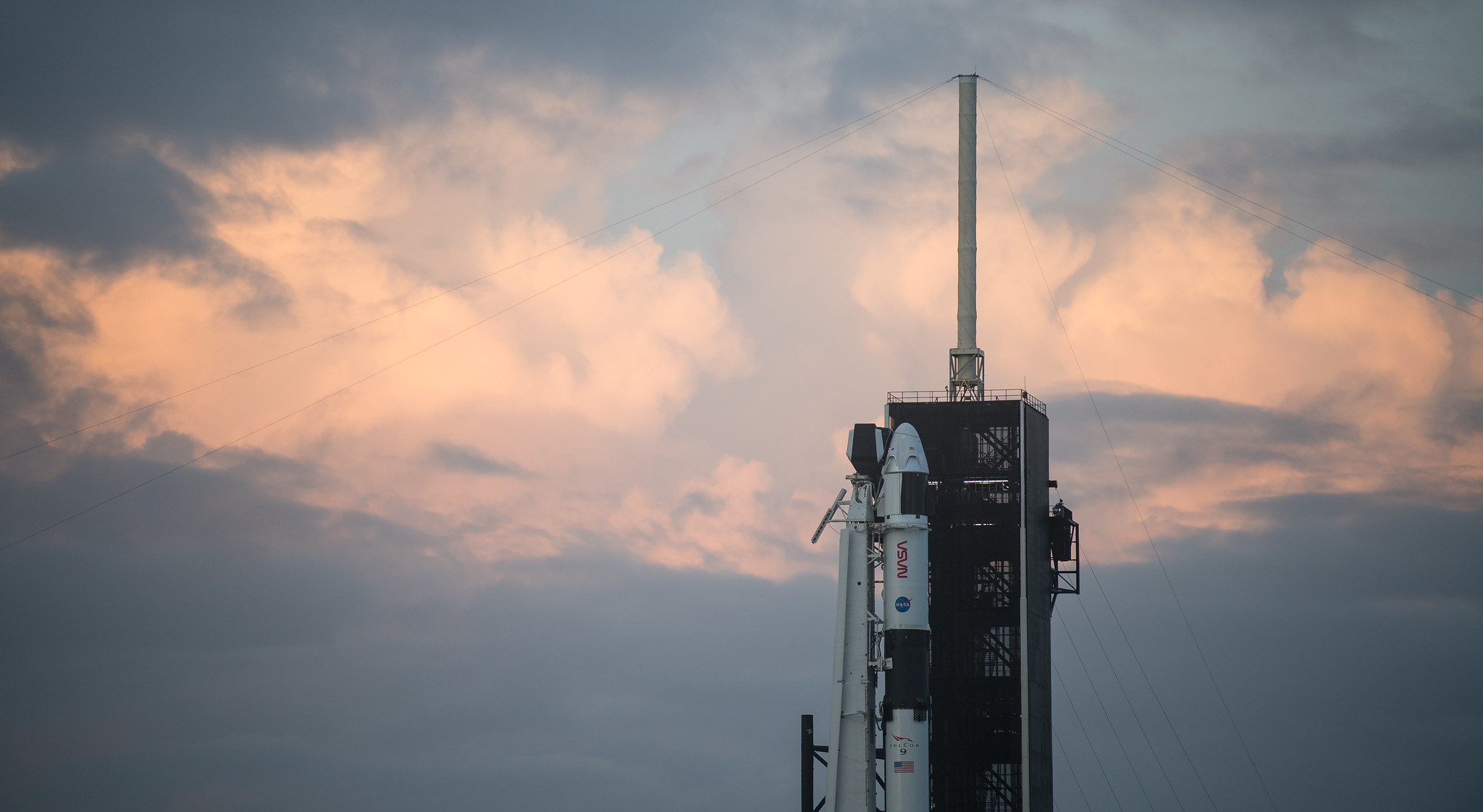
Florida’s highly intractable weather promises a 70-percent likelihood of falling within acceptable criteria at 7:49 p.m. EST Saturday, the targeted launch time for Dragon Resilience and the long-awaited Crew-1 mission. Leading the first “operational” crew-rotation to the International Space Station (ISS) are Commander Mike Hopkins and Pilot Victor Glover, joined aboard Crew Dragon by Mission Specialists Shannon Walker and Japan’s Soichi Noguchi.
Assuming an on-time launch, they will follow a truncated rendezvous lasting only 8.5 hours—the shortest-duration approach profile by any U.S. crewed vehicle to a space station since the second Skylab mission in July 1973—and dock at International Docking Adapter (IDA)-2, on the forward port of the Harmony node, at 4:20 a.m. EST Sunday. They will join incumbent Expedition 64 crew members Sergei Ryzhikov, Sergei Kud-Sverchkov and Kate Rubins, who have been aboard the ISS since 14 October.
According to the 45th Weather Squadron at Patrick Air Force Base, Saturday’s 70-percent-favorable outlook certainly trumps Sunday, where conditions are predicted to drop downward a notch to just 60 percent acceptability. Keen eyes are being kept on Tropical Storm Eta, which first arose around Halloween as a vigorous tropical wave in the Caribbean Sea and subsequently strengthened into a tropical storm.
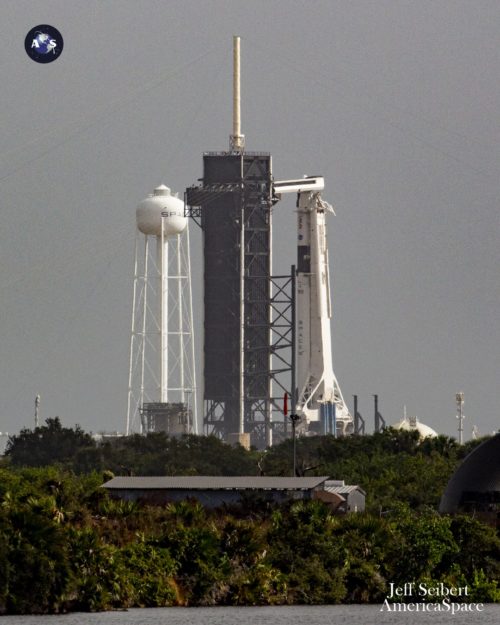
It rapidly intensified into a hurricane, with winds peaking at 150 mph (240 km/h), then weakened back to tropical storm status. Yesterday morning, it made landfall near Cedar Key, with an expectation that it would accelerate north-eastward and exit Florida near Jacksonville.
“On Friday, a weak boundary will push through the Spaceport, clearing away much of the cloud cover and turning winds northerly,” noted the 45th in its Thursday update. “This boundary will likely begin moving back northward on Saturday as winds become easterly, developing a few showers.”
As such, the risk of violating the Cumulus Cloud and Flight Through Precipitation Rules are the key concerns. Further instability from another frontal system moving into Florida is expected to cause the weather outlook to deterioriate slightly if the Crew-1 launch is postponed until Sunday evening.
But in addition to a poorer weather picture, the intricacies of orbital mechanics also comes into play in the event of a movement from Saturday to Sunday. If Hopkins and his crew launch on time Saturday night, they will reach the ISS in 8.5 hours and about 5.5 orbits, whereas a slip to Sunday would revert to the “standard” Crew Dragon rendezvous profile of 28 hours and 18.5 orbits.
“Reasons are primarily driven by orbital mechanics and crew sleep requirements,” NASA’s Dan Huot told AmericaSpace. “We’ll essentially get into a cadence of three days in a row of attempts, with an 8.5-hour rendezvous, then two days of up to 28 hours, before standing down a day.”
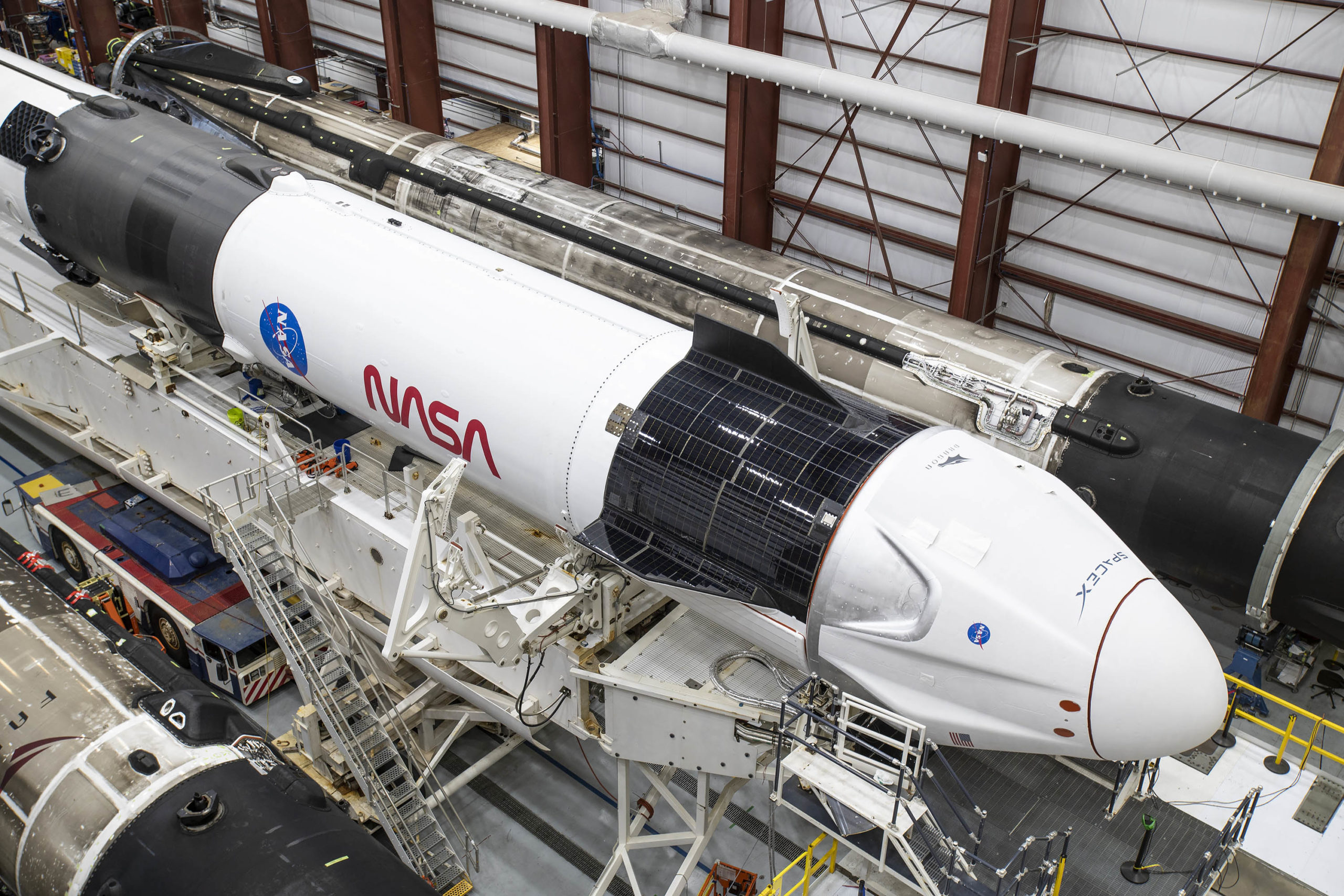
Powered uphill by the B1061 first stage—only the fourth “new” core to be flown by SpaceX since January—Crew-1 will also mark the 21st Falcon 9 launch of 2020, tying with 2018 for the greatest number of flights achieved in a single calendar year by the Hawthorne, Calif.-headquartered organization.
And when Dragon Resilience docks at the ISS, Hopkins and his crew will become the 100th team of humans to board the sprawling orbital outpost since the STS-88 shuttle astronauts way back in December 1998. Sixty-one Russian Soyuz spacecraft successfully transported crew members to the ISS between October 2000 and last month, as did 37 shuttle missions between December 1998 and July 2011, plus the historic voyage of Dragon Endeavour earlier this year.
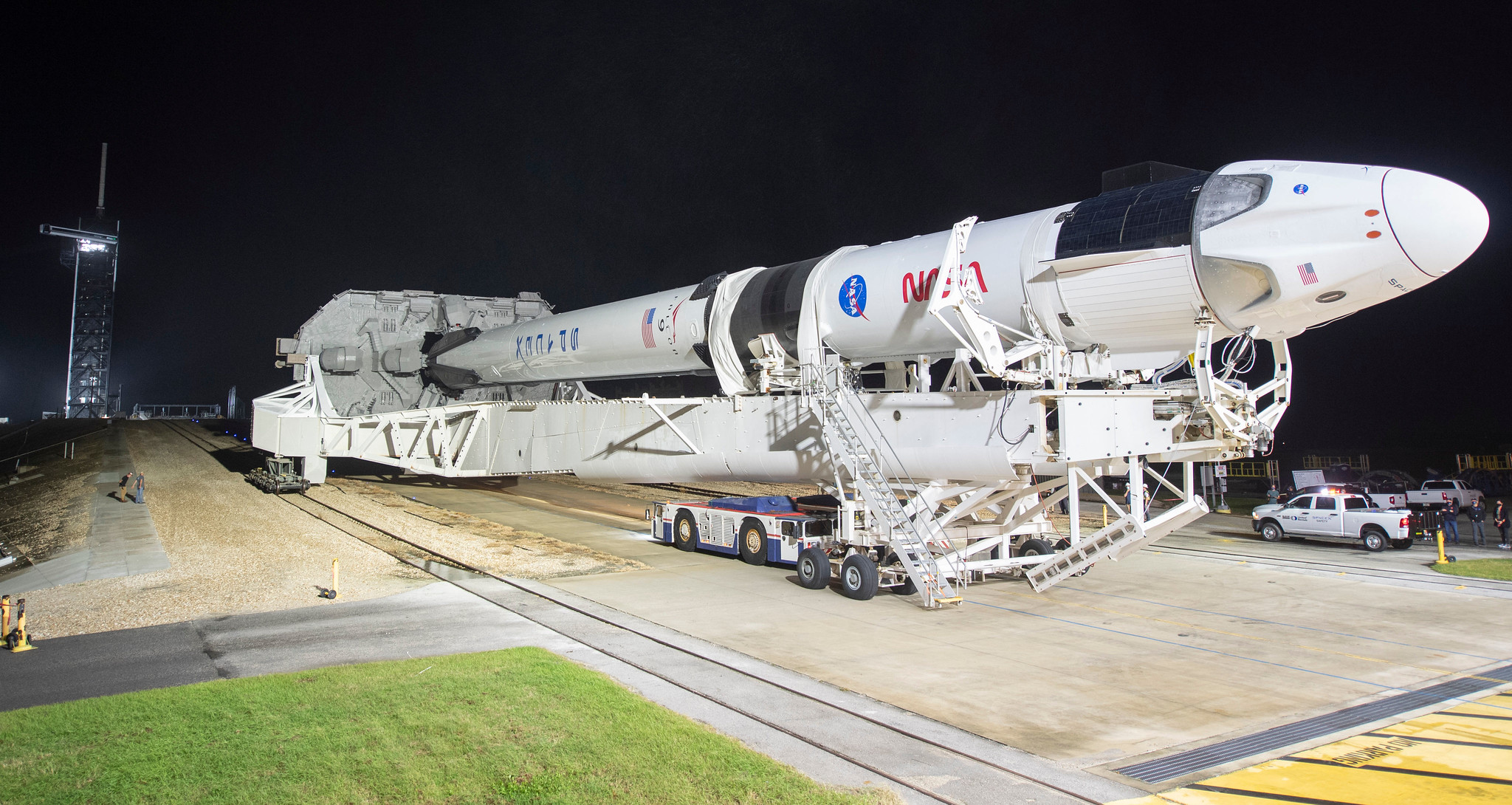
Hopkins and Glover were assigned to this mission amid great fanfare in August 2018, followed by Walker and Noguchi last March. Although Glover will be making his first spaceflight, his three crewmates are all seasoned veterans of long-duration ISS stays, with Noguchi also having a shuttle flight to his credit. Between them, Crew-1 has logged over 506 days in space, more than 7,900 orbits of Earth and over 33 spacewalking hours.
Their Falcon 9 rocket arrived in Florida in July, followed by Dragon Resilience in August. Last week, the spacecraft was transported to historic Pad 39A at the Kennedy Space Center (KSC) for integration atop the rocket. Rollout to the pad occurred on Tuesday and, following the completion of the two-day Flight Readiness Review (FRR), a Static Fire Test of the nine Merlin 1D+ first-stage engines was conducted on Wednesday. The Launch Readiness Review (LRR) is targeted for Friday.
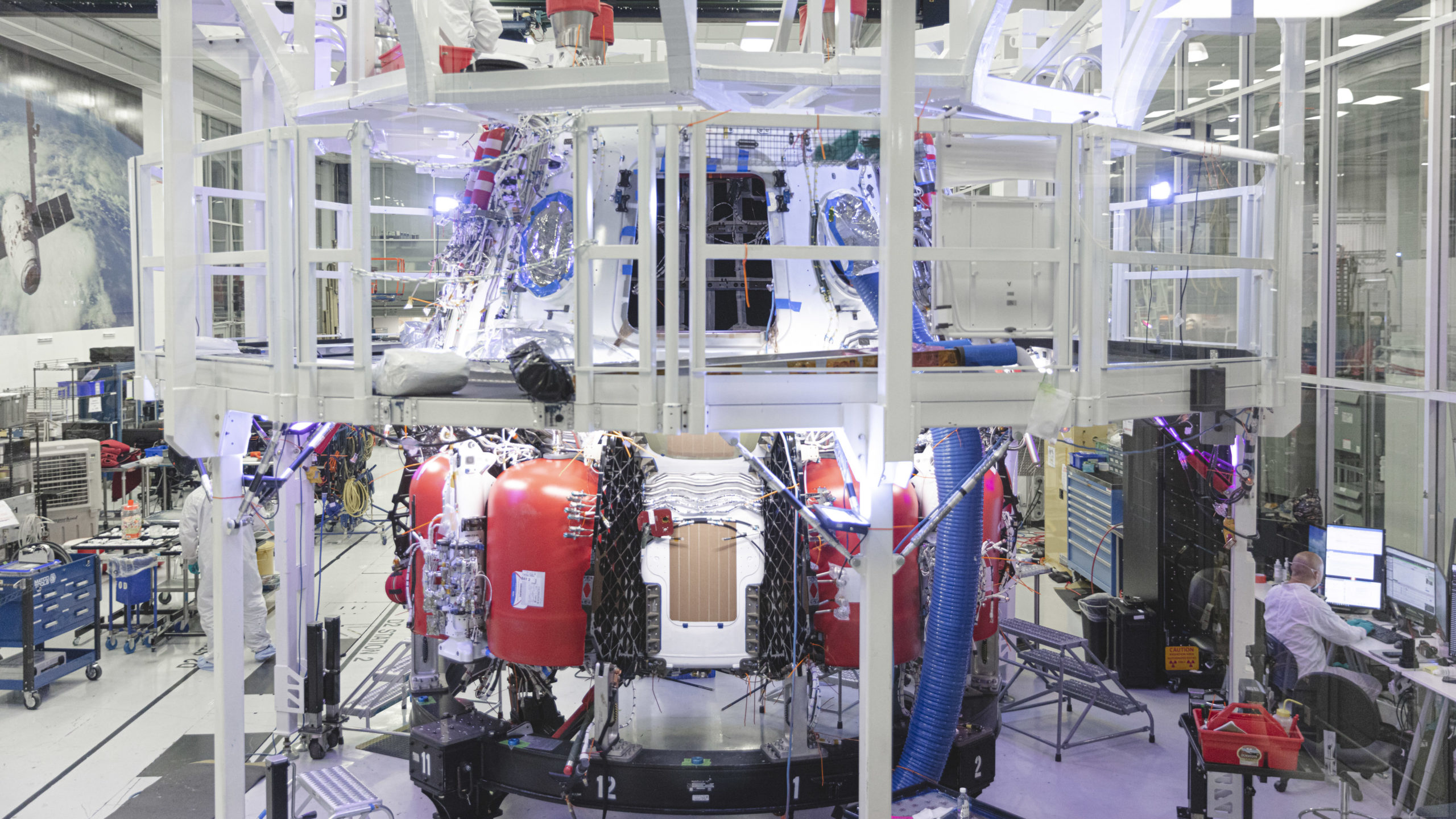
Lifting off aboard Dragon Resilience with Hopkins and his crew on Saturday evening will be 530 pounds (241 kg) of equipment, payloads and supplies bound for the ISS. This includes 63.3 pounds (28.7 kg) of utilization hardware, 158 pounds (71.8 kg) of crew supplies, 79 pounds (35.8 kg) of Extravehicular Activity (EVA) equipment and 168 pounds (76.3 kg) of NASA-Provided Supplies.
Following a shorter rendezvous and approach profile compared to that of Demo-2 astronauts Doug Hurley and Bob Behnken in May, Crew-1 will aim to dock at IDA-2 at 4:20 a.m. EST Sunday, a mere eight hours and 31 minutes after launch.
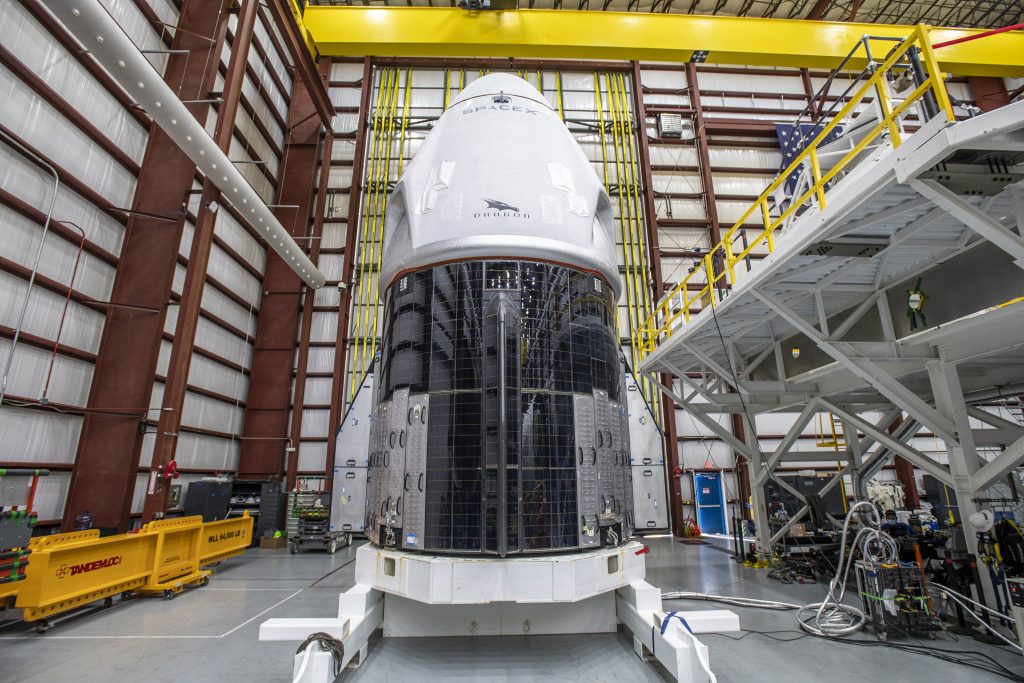
This is the shortest journey by a U.S. crewed vehicle to a space station since Al Bean, Owen Garriott and Jack Lousma reached Skylab in just eight hours and 27 minutes on 28 July 1973. “Rendezvous profile is almost identical to DM-2 in terms of planned burns,” Mr. Huot told AmericaSpace. “Major difference will be no manual flight tests on Crew-1, so if everything goes well there will be no manual flight.”
After the completion of pressurization and leak checks, the hatches into the ISS will be opened and Hopkins, Glover, Walker and Noguchi will be welcomed aboard by Expedition 63 Commander Sergei Ryzhikov and his crewmates Sergei Kud-Sverchkov and Kate Rubins. This will mark the first occasion that the station will have played host to a full-time, long-duration crew of seven people.
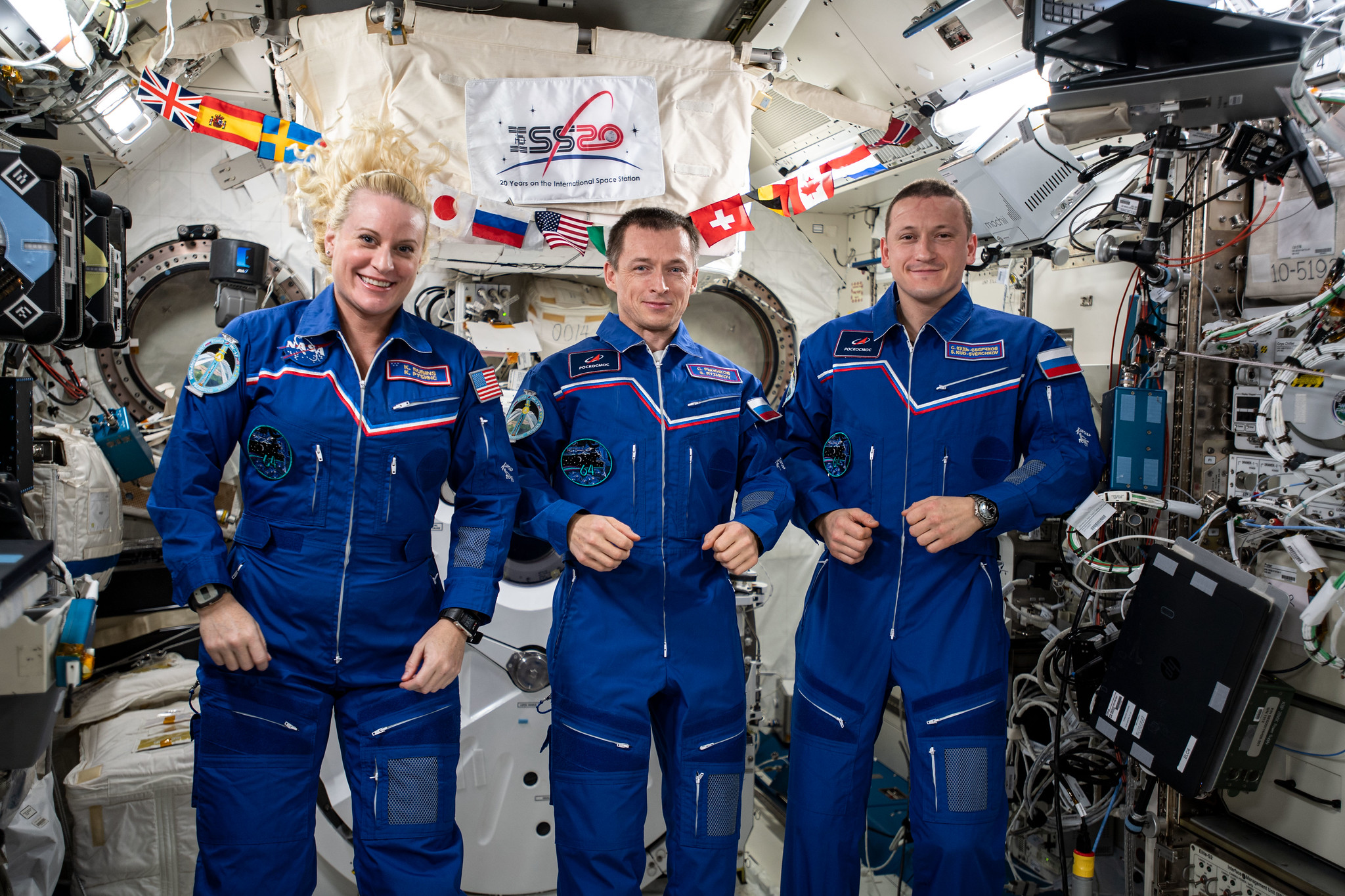
Operated on crews of three from 2000-2003, then by two-person “caretaker” crews during the post-Columbia downtime from 2003-2006, the station’s long-term population gradually increased back to three in July 2006 and eventually up to six in 2009. But with plans for Commercial Crew vehicles to lift four crew members, and with three others flying twice per year aboard Russia’s Soyuz, the expansion of the ISS population to seven members is expected to contribute significantly to on-board science.
And it promises to be a busy mission. Expedition 64 is expected to welcome no less than seven visiting vehicles, including two flights—CRS-21 and CRS-22—by SpaceX’s new Cargo Dragon in December and March, a pair of Russian Progress cargo ships in the first quarter of 2021, Northrop Grumman’s NG-15 Cygnus in February, the long-awaited second uncrewed test of Boeing’s CST-100 Starliner just after New Year, and the crewed Soyuz MS-18 in April. Up to five EVAs are planned, including two by Ryzhikov and Kud-Sverchkov in November and February, and possibly three U.S. spacewalks later in the fall.
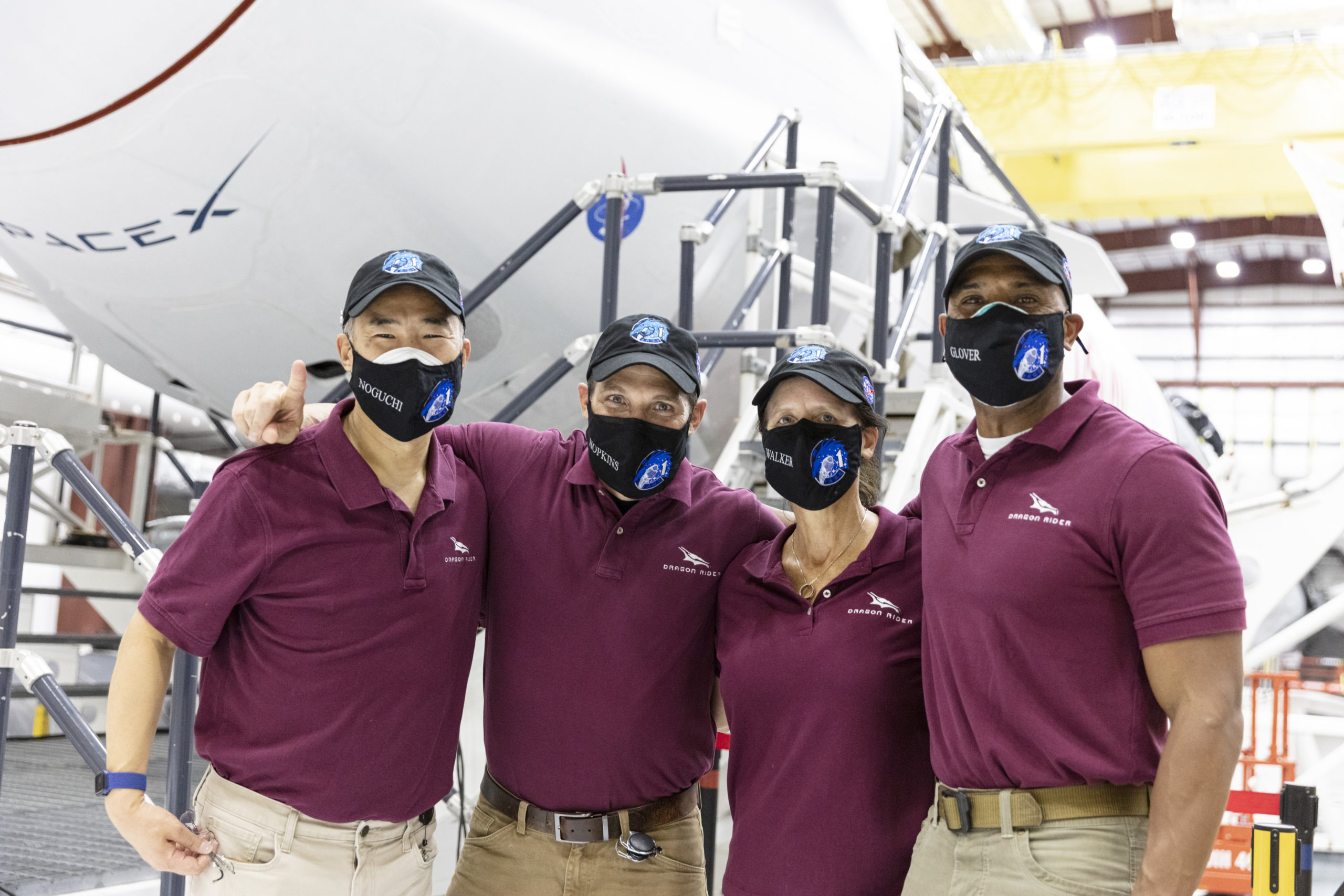
The Russian EVAs—the first of which is due next Wednesday, 18 November—are tasked with preparing for the new Nauka (“Science”) research lab and the planned disposal of the long-serving Pirs (“Pier”) module, which has been an integral part of the space station since September 2001. As such, it will become the first long-serving, permanent component of the ISS to be decommissioned and deorbited. Currently located on the nadir side of the Zvezda module, the departure of Pirs will open up a docking port for the arrival of Nauka, possibly as soon as next April.
Although names have not been announced for who will perform the USOS EVAs, there will certainly be no shortage of experience, with Rubins and Hopkins having both performed two spacewalks apiece on their first missions and Noguchi three during his STS-114 flight.
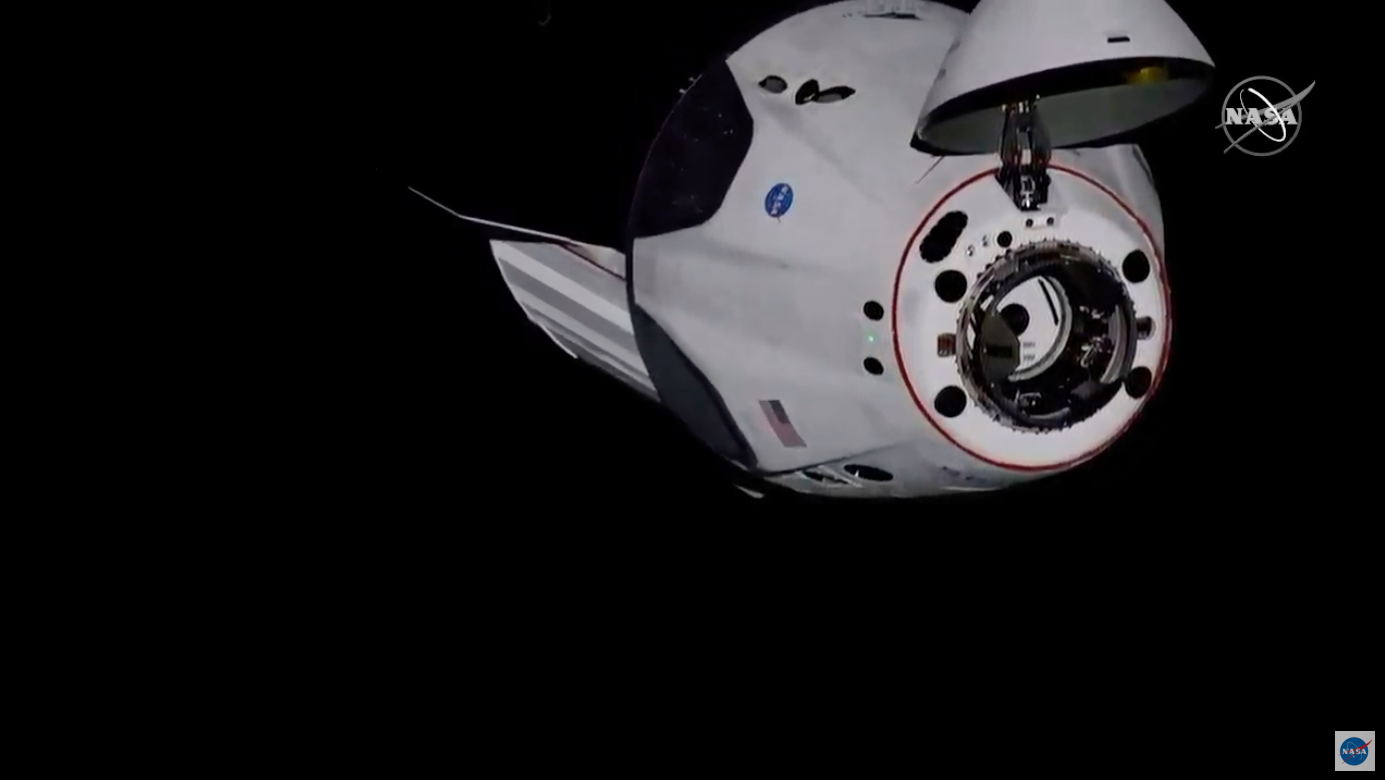
Key objectives include the installation of the Columbus Ka-Band Antenna (COL-Ka) and activation of the Bartolomeo payloads-anchoring platform on Europe’s Columbus lab—delivered to the station aboard SpaceX’s CRS-20 Dragon last March—together with the installation of a new lithium-ion battery on the P-4 truss segment, which blew a fuse last year.
Dragon Resilience and her four astronauts are expected to take a short flight before the end of 2020 to relocate their ship from IDA-2 on the forward port of Harmony to IDA-3 on the space-facing (or “zenith”) port. This is in readiness for the arrival of Boeing’s CST-100 Starliner in the first week of January for its second uncrewed test flight.
This will mark the first time that a Commercial Crew vehicle has moved to the “backup” IDA-3 port. After this relocation, Dragon Resilience will remain at IDA-3 for the remainder of her ISS stay. “We will not do another port relocation after the Crew-1 Dragon relocates,” Mr. Huot told us. “It’ll remain at [Harmony] zenith until it undocks for return home.”
And the return date for Crew-1 can only be hinted at present, with Hopkins suggesting a full-duration length of between six and seven months. “Exact end-date hasn’t been decided,” said Mr. Huot. “It will largely be driven by the Crew-2 launch date, since we plan to do a direct handover.” Current projections are that Crew-2 astronauts Shane Kimbrough, Megan McArthur, Thomas Pesquet and Akihiko Hoshide will launch in late March 2021.




